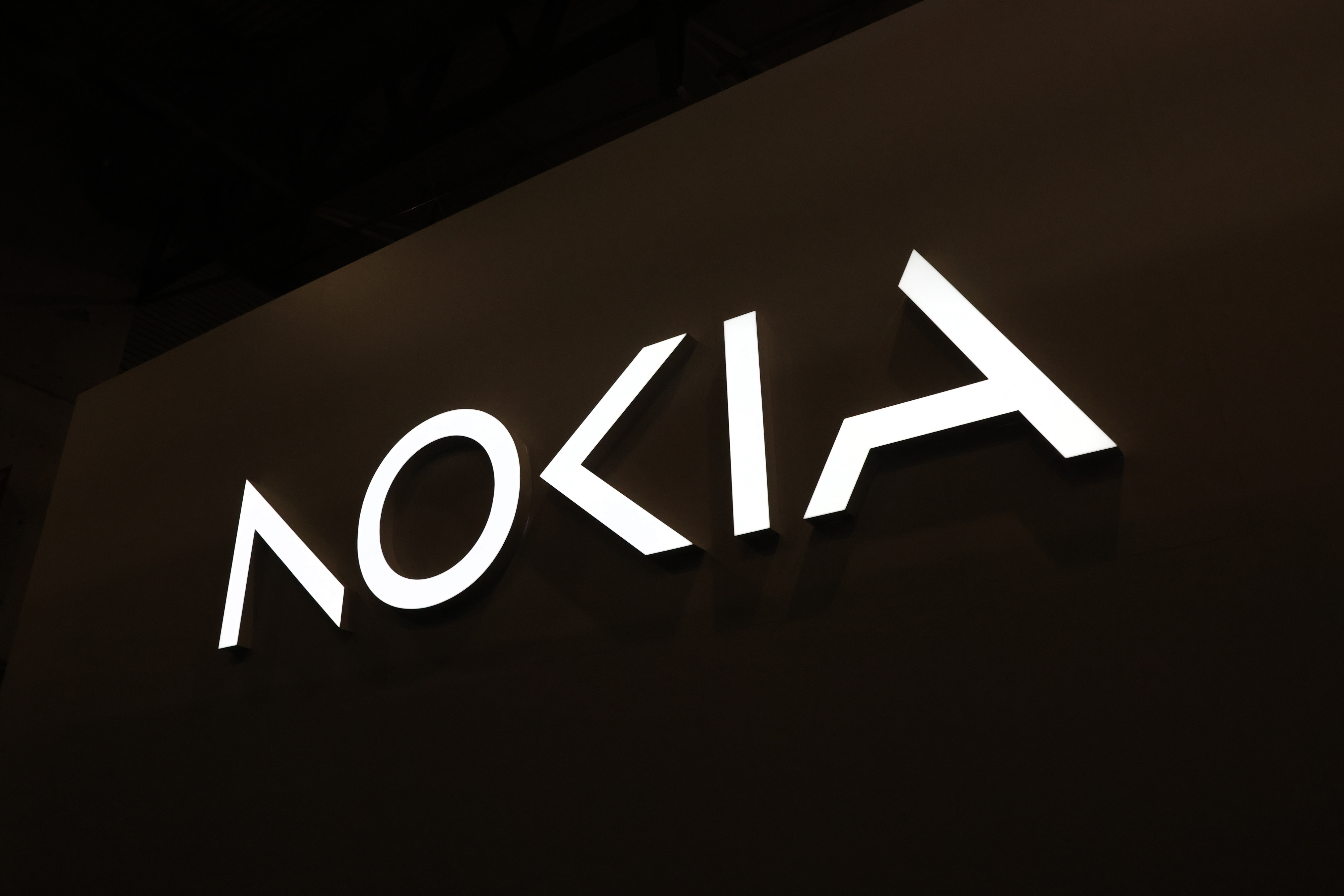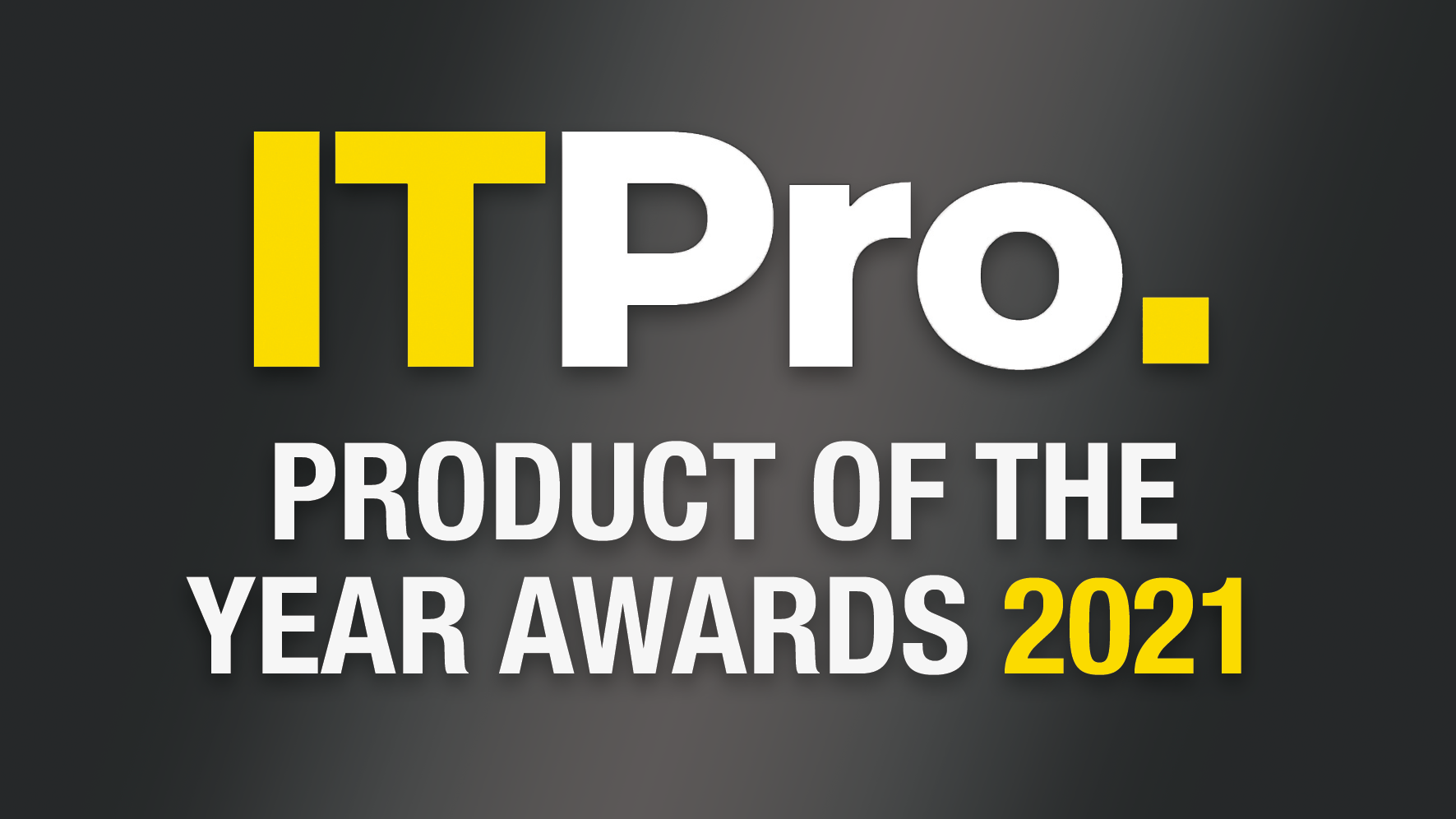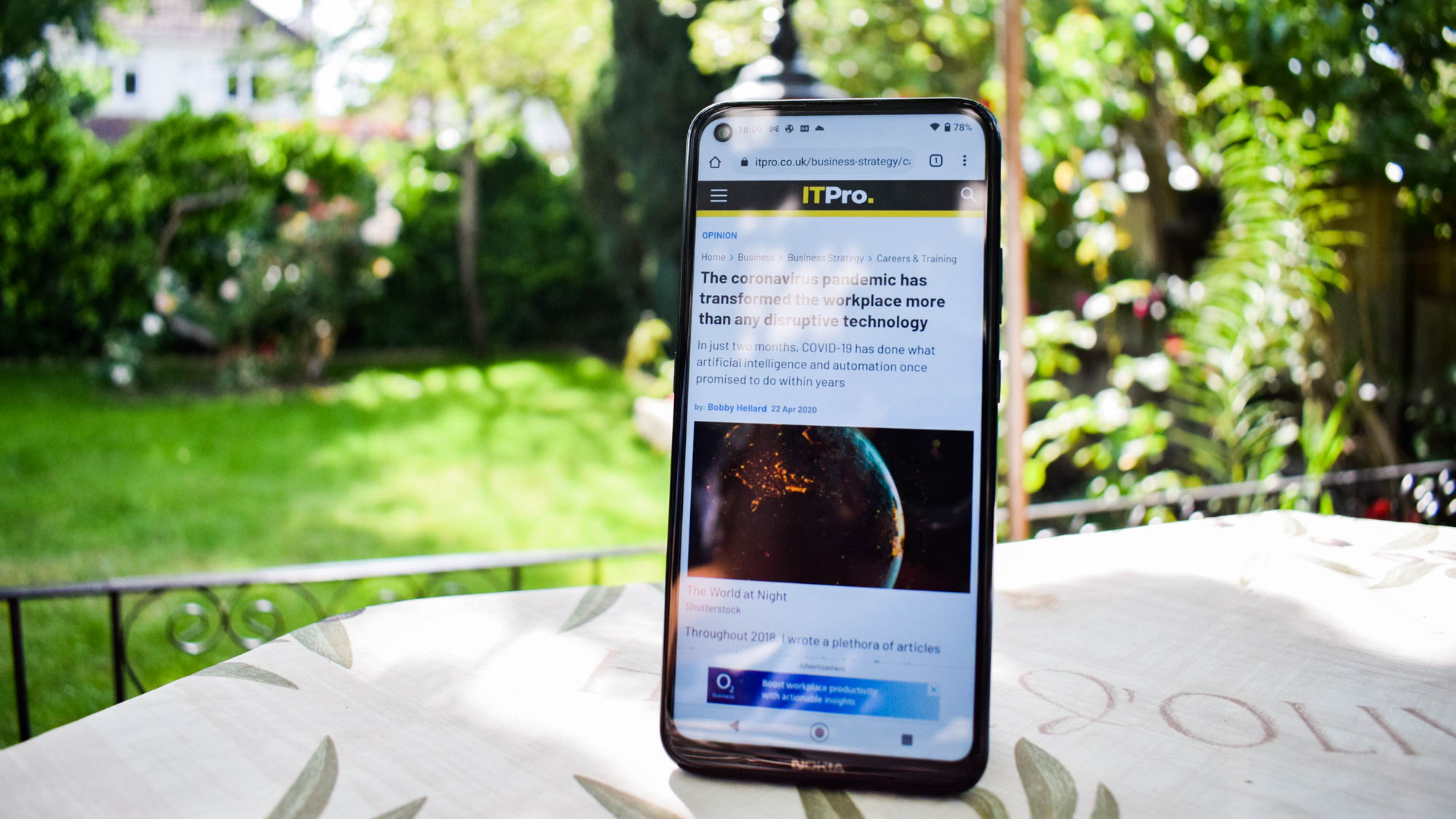Nokia and Google score breakthrough in Android 13 network slicing
Nokia's solution will allow devices to connect to multiple network slices simultaneously, provided by existing 4G and 5G operators


Nokia and Google have successfully trialled the use of network slicing, to allow for simultaneous connection to 4G and 5G networks on Android devices.
RELATED RESOURCE

Adding value to Microsoft Teams beyond voice connectivity
How AudioCodes can understand your broader business communication needs and fill in the gaps
Network slicing is a method by which a network is separated into a system of logical networks operating on a shared infrastructure, each configured to fulfil a specific purpose. For example, a slice with heightened security could facilitate the transfer of sensitive information, while a low latency slice facilitates a large video conference.
The companies have successfully trialled a solution known as UE Route Selection Policy (URSP), which allows devices to connect to multiple network slices simultaneously, and dynamically switch between slices in use.
This can be activated in real-time, and will enable devices to always connect to the optimal slices for the tasks they are performing. Operators will also be able to provide customers with personalised network slicing services, such as dedicated high-speed slices for enterprise traffic.
Once the solution has been deployed, Android 13 devices will be able to access a range of 5G network slicing services, which operators can tailor to customer needs.
The technology was demonstrated using a Google Pixel 6 Pro running Android 13, undertaken at Nokia’s network slicing development centre in Tampere, Finland. Also included in the trial was novel functionality for LTE-5G New Radio slice interworking, technology that will give operators the ability to use the full extent of spectrum and coverage.
All LTE, 5G standalone (SA), and 5G non standalone (NSA) devices are supported by Nokia’s network slicing solution, allowing operators flexibility to offer network slicing over 4G and 5G and saving businesses from having to invest in new hardware to utilise the system’s benefits.
Sign up today and you will receive a free copy of our Future Focus 2025 report - the leading guidance on AI, cybersecurity and other IT challenges as per 700+ senior executives
“New application-based URSP slicing solutions widen operator’s 5G network business opportunities” stated Ari Kynäslahti, head of technology and strategy at Nokia Mobile Networks.
“We are excited to develop and test new standards-based URSP technologies with Android that will ensure that our customers can provide leading-edge enterprise and consumer services using Android devices and Nokia’s 4G/5G networks.”
Nokia is a leading innovator in 5G networking, having been among the first to develop network slicing technology. Last month, the company announced that along with BT it had demonstrated four carrier aggregation on a 5G network, a European first that could lead to faster and better optimised 5G across the UK.
It will also lead the 6G-ANNA project in Germany, which seeks to advance end-to-end 6G architecture and wider network capability across Germany and the EU.

Rory Bathgate is Features and Multimedia Editor at ITPro, overseeing all in-depth content and case studies. He can also be found co-hosting the ITPro Podcast with Jane McCallion, swapping a keyboard for a microphone to discuss the latest learnings with thought leaders from across the tech sector.
In his free time, Rory enjoys photography, video editing, and good science fiction. After graduating from the University of Kent with a BA in English and American Literature, Rory undertook an MA in Eighteenth-Century Studies at King’s College London. He joined ITPro in 2022 as a graduate, following four years in student journalism. You can contact Rory at rory.bathgate@futurenet.com or on LinkedIn.
-
 Researchers claim Salt Typhoon masterminds learned their trade at Cisco Network Academy
Researchers claim Salt Typhoon masterminds learned their trade at Cisco Network AcademyNews The Salt Typhoon hacker group has targeted telecoms operators and US National Guard networks in recent years
-
 HPE says unified channel strategy won't force Juniper partners to generalize
HPE says unified channel strategy won't force Juniper partners to generalizeNews Does the company embrace specialists or want a full portfolio push? The answer, it seems, is both
-
 Nokia hails success of Europe’s first commercial 5G cloud RAN deployment
Nokia hails success of Europe’s first commercial 5G cloud RAN deploymentNews Elise says its 5G cloud network puts it in a strong position during a move towards 6G
-
 Kyndryl and Nokia extend partnership to drive data center networking gains
Kyndryl and Nokia extend partnership to drive data center networking gainsNews The companies plan to offer more data center networking options aimed at enterprise customers
-
 Dell and Nokia expand strategic partnership to drive network cloud transformation
Dell and Nokia expand strategic partnership to drive network cloud transformationNews The companies will leverage each other’s expertise and distribution to scale telecom networks and private 5G use cases
-
 Nokia wins Indosat contract to expand 5G across Indonesia
Nokia wins Indosat contract to expand 5G across IndonesiaNews The deal will bring next-gen communication technology to customers across a 1.4 million square kilometre area
-
 Nokia and Ligado partner on 4G, 5G enterprise private network
Nokia and Ligado partner on 4G, 5G enterprise private networkNews Nokia will leverage Ligado’s Band 24 spectrum to reach the US enterprise market
-
 The IT Pro Products of the Year 2021: The year’s best hardware and software
The IT Pro Products of the Year 2021: The year’s best hardware and softwareBest Our pick of the best products from the past 12 months
-

 Nokia T20 review: A simple, sturdy Android tablet at an SMB-friendly price
Nokia T20 review: A simple, sturdy Android tablet at an SMB-friendly priceReviews It’s not as luxurious as an iPad, but the T20 makes a fine, functional tablet for business
-
 Nokia 5.4 review: Behind the curve
Nokia 5.4 review: Behind the curveReviews This cut-price Android handset looks great, but doesn’t do enough to convince